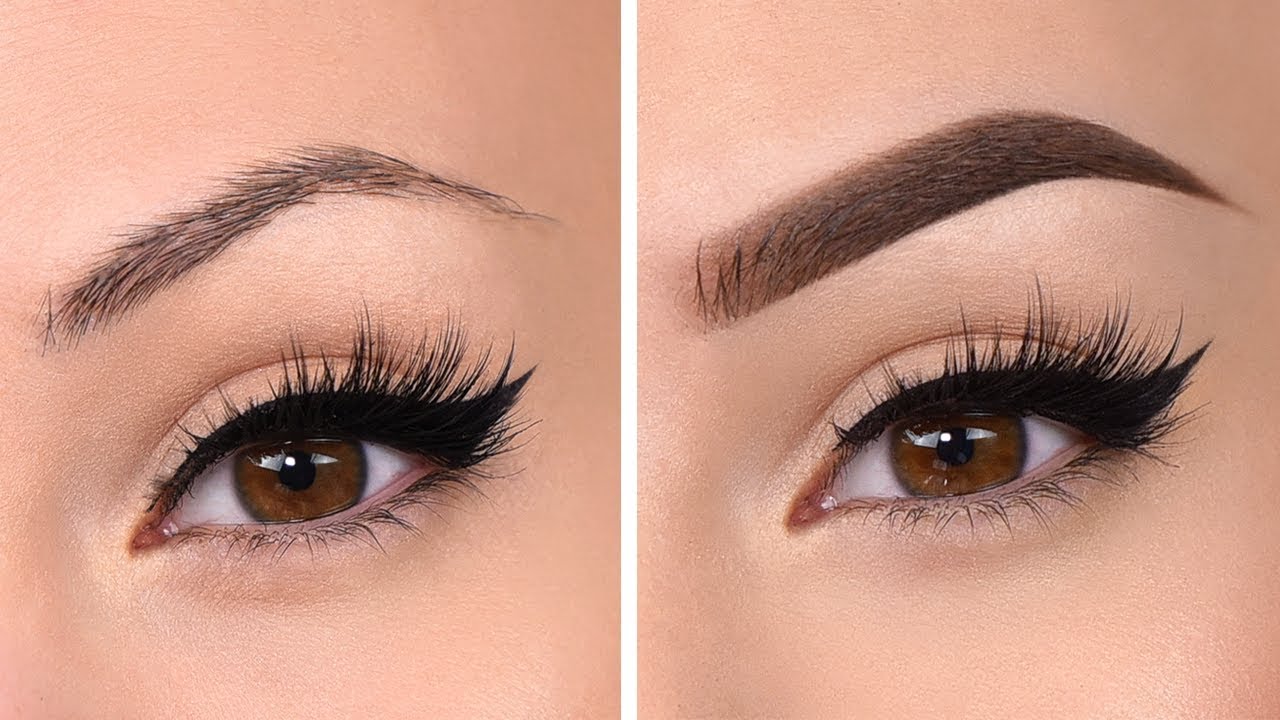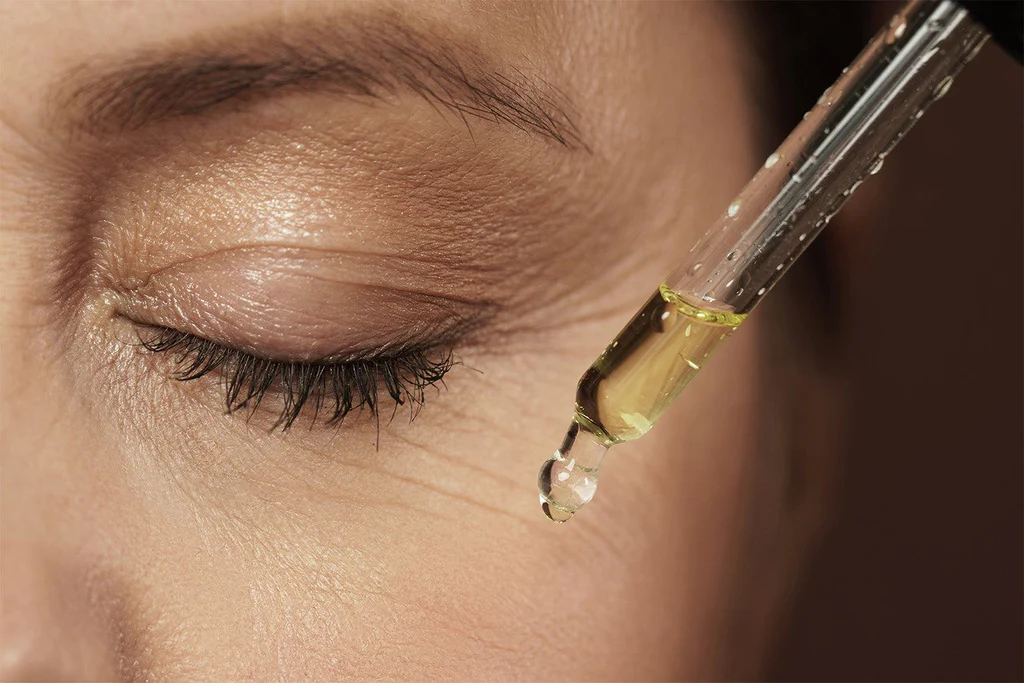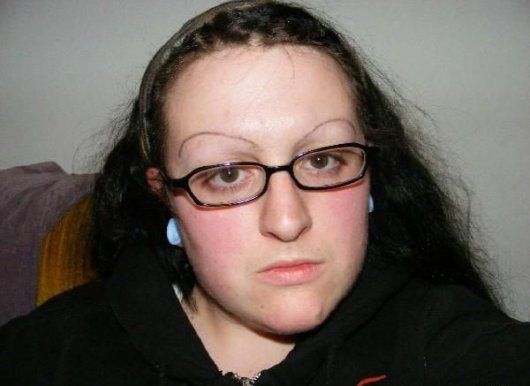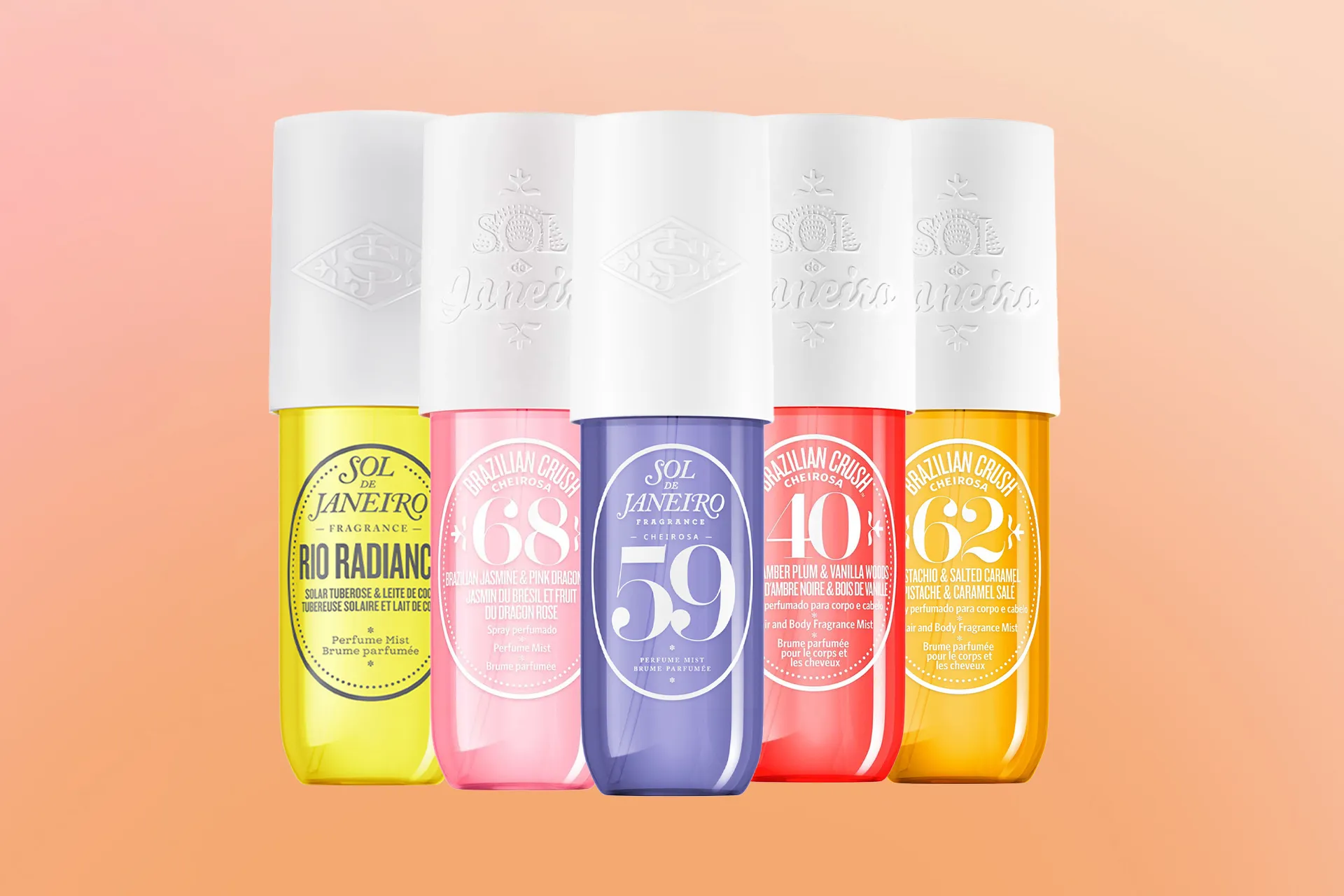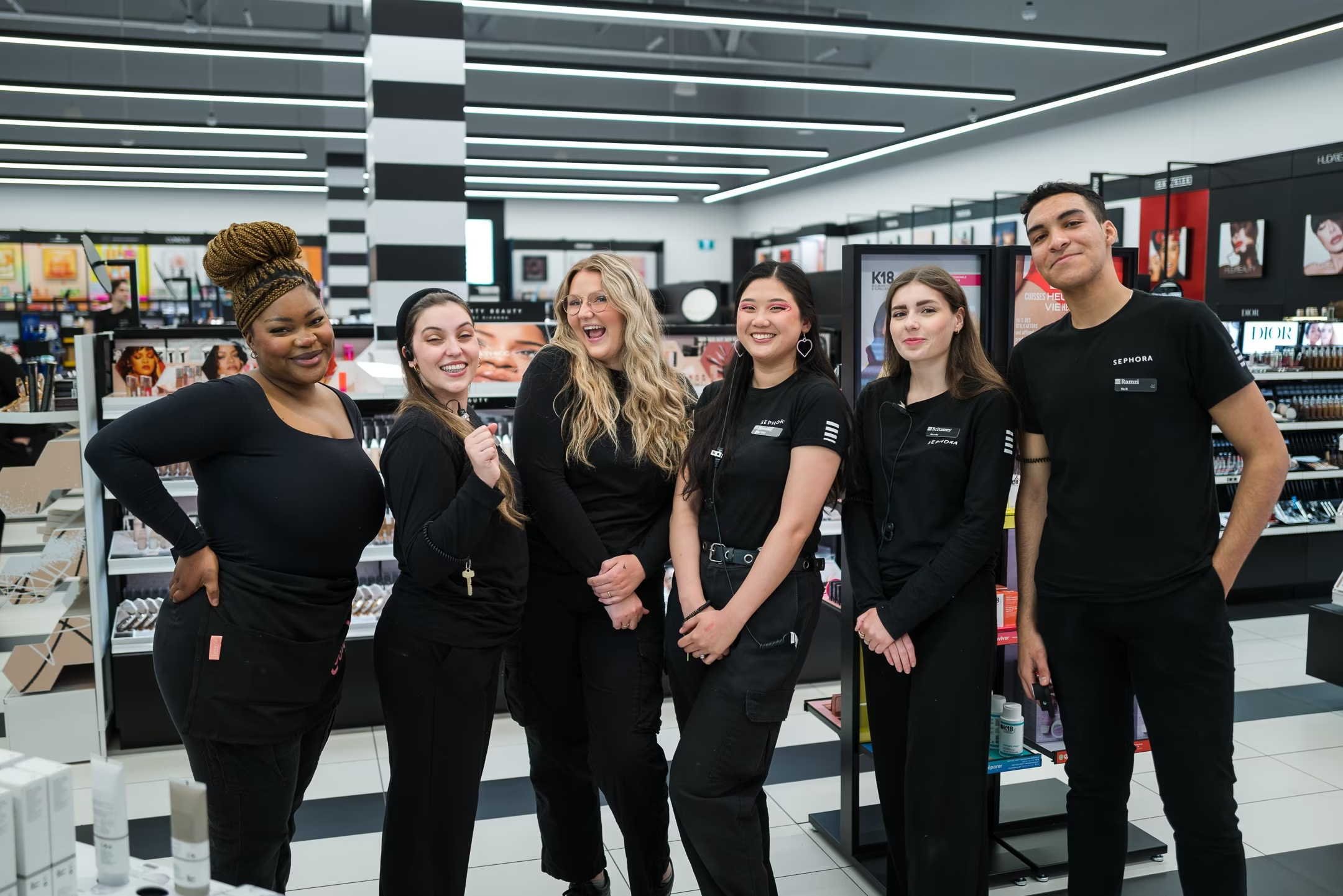
 By
Your Beauty Plug
By
Your Beauty Plug
Threading is an ancient hair removal technique that originated in Asia and has been around for centuries. It involves removing unwanted hair from the root using twisted threads. This method is often used on the face, including the eyebrows, upper lip, jawline, and chin.
No, threading does not make hair grow thicker. The new hair may feel blunter or coarser due to the natural growth process. In fact, threading can make hair grow back finer over time.
Threading is a temporary solution for hair removal. It does not permanently remove hair, and the hair will grow back within a few weeks.
Threading can cause thinning of hair. Constant threading can weaken the hair follicle, causing hair growth to become less dense over time, and new hair will grow finer and sparser.
Threading facial hair has a few disadvantages:
Threading has several benefits:
No, threading does not make hair grow faster. In fact, through constant use, the hairs can grow back weaker, softer, and finer, also taking longer to grow back.
Yes, threading is considered safe. However, it can cause skin irritation and redness depending on skin sensitivity. It’s always recommended to consult with a professional before undergoing full face threading.
The length of hair suitable for threading can vary, but most experts recommend allowing hair to grow out to at least 1/16 of an inch.
Threading removes hair by using a looped thread that is twisted and rolled over the skin to trap and remove unwanted hair. The stylist holds one end of the thread in their mouth and uses their hands to manipulate the other end. They carefully maneuver the twisted thread to pluck the hair from the follicles.
Threading is a popular and effective method for hair removal, particularly on the face. It offers a number of benefits, including precision and long-lasting results. However, like any procedure, it’s important to understand the process and potential disadvantages before deciding if it’s the right choice for you.

